Description
Agapanthus ‘Glacier Stream’
Agapanthus ‘Glacier Stream’ produces a profusion of soft white flowers from green buds. Each flower is tinted slightly purple outside and has a subtle purple stripe. The anthers are grey and the flower stems are flushed purple, making a soft dusky white effect which sits more comfortably in some schemes than a bright white. One of the earliest to flower, blooming from July – August on relaxed, gently arching stems. deciduous and very hardy. 45cm
There are relatively few Agapanthus species – just 7, but the nomenclature of garden forms is rather confused., possibly because they so freely hybridise. It has been suggested that Agapanthus consists of just one, highly variable species. They are magnificent bulbous plants which produce an unrivalled show of blue when grown well. Their large umbels of blue trumpets are quite unlike anything else.
Easily grown in well drained sunny positions. It is essential that the roots do not become waterlogged in Winter as this can lead to root death. In the evergreen species the drier they are kept in Winter appears to correlate to the amount of cold they can withstand, but as a good general rule the deciduous cultivars are hardier and more robust and can usually be grown throughout the British Isles, especially if given a deep mulch in colder areas which get winter temperatures lower than -5oC.
The evergreen species and cultivars have long been treasured as an English favourite for tub culture. Being rather less hardy than their deciduous cousins it is advisable to grow them in sheltered situations in the warmest Counties or where they can be moved undercover for the worst of the weather. Remember that the plants grown in pots are at a risk of freezing completely solid whereas the ground usually stays above freezing point, especially if the crowns are well protected with a deep mulch.
Agapanthus will tolerate being overcrowded, another attribute that suits them to pot culture, indeed it may even encourage flowering. If they need dividing, do this in Spring and do not bury the plants too deeply. Feed tub specimens liberally from Spring until flower bud are seen.
All require full sun or at least 2/3 sun in Summer for the deciduous forms and a fertile soil which is moist rather than dry. The evergreen types are drought resistant once well established.
They are resistant to most garden pests including molluscs, rabbits & deer.
Most Agapanthus considered hardy should stand several degrees of frost, maybe down to -5oC. However, the Hybrids known collectively as Agapanthus ‘Headbourne Hybrids’ are said to be hardy down to -15 oC, given ideal conditions. These are the result of a long passion for breeding Agapanthus by The Honourable Lewis Palmer (1894-1971. He) was the younger son of the second Earl of Selbourne, a keen plantsman and friend of E.A.Bowles he bred a great number of hybrids, the best of which became collected under the heading of Agapanthus ‘Headbourne Hybrids’.
When planting Agapanthus, it is noted that the flowering stems (with the exception of A.inapetus) will always lean towards the sun.
In New Zealand Agapanthus grow particularly well – so well in fact that they are classified as a pernicious weed whose sale is prohibited.
Agapanthus are excellent for cutting – if you dare.
Agapanthus derives from the Greek ‘apage’ =love and ‘antjos’ = flower. African Lily, Blue African Lily, Lily of the Nile
I’ve seen Agapanthus classified variously in the Alliaceae, Liliaceae, Amaryllidaceae and Agapanthaceae.


















































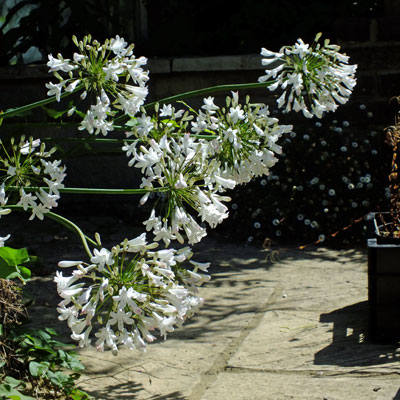


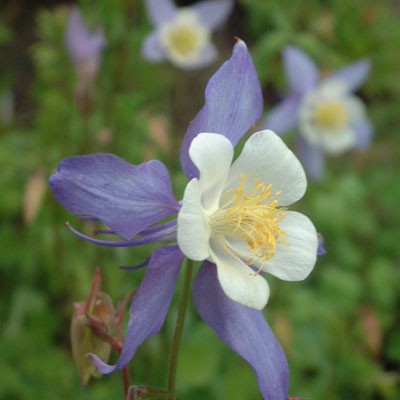



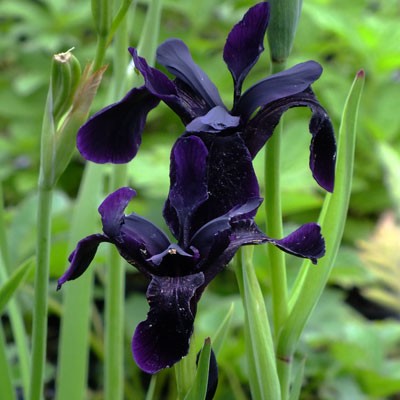
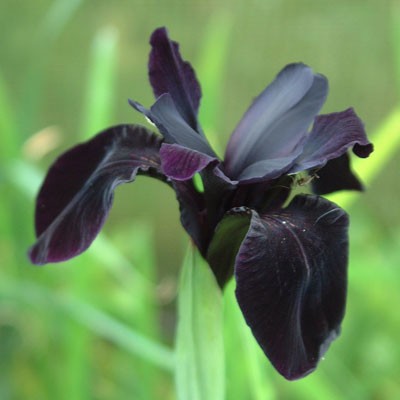
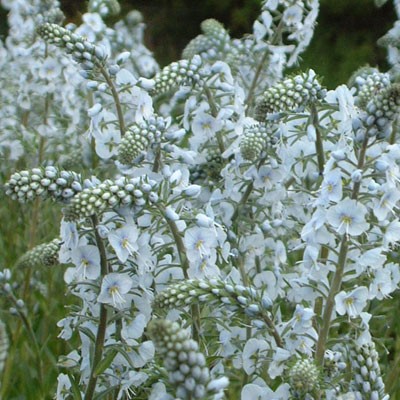

Reviews
There are no reviews yet.